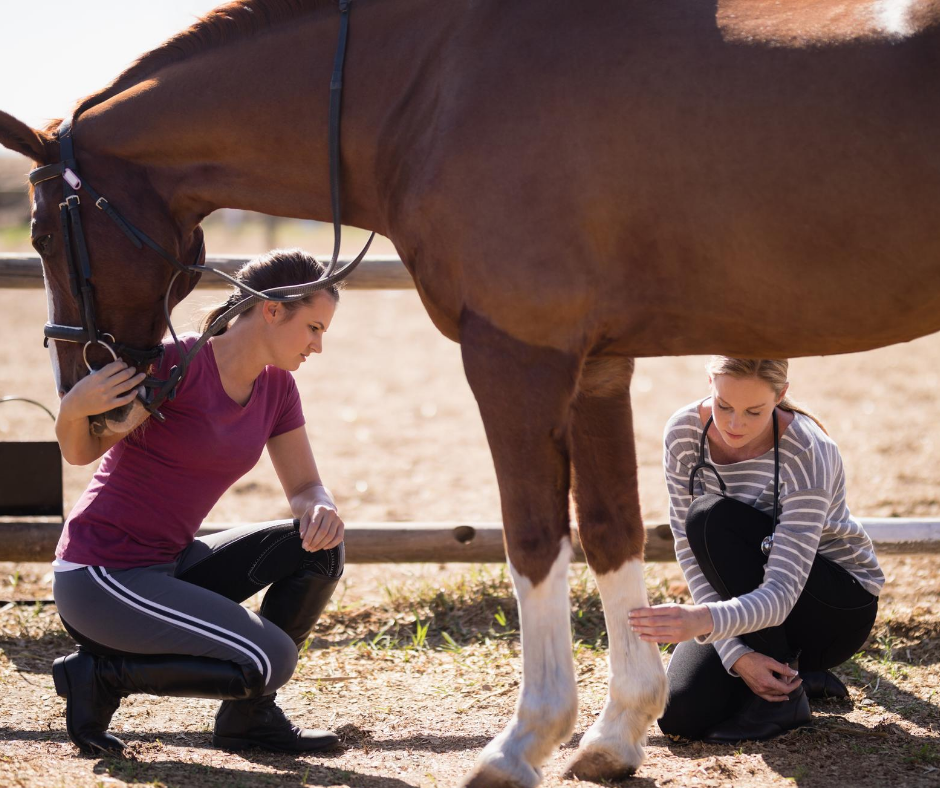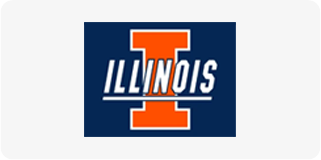The Pre-Purchase Exam
Aug 13th 2020

Before any investment, it is good to do your research on what you are getting into. Doing your research before investing into a horse isn’t any different! A pre-purchase exam performed by a veterinarian is the way to research the current health and soundness of a horse. Although a crystal ball would be ideal, a pre-purchase exam is the closest resource available to a suspected buyer for researching the horse in question.
The horse’s value almost always plays a role in how extensive of a pre-purchase exam a prospective buyer wants. But, whether the horse is free or has a high value price tag, money spent on a pre-purchase exam is often money saved later. The more spent on looking for potential existing problems prior to purchase, the more likely an existing problem can be found. With the information collected, more educated decisions can be made before purchase. Being able to make decisions based on potential risk is the goal of a pre-purchase exam.
A pre-purchase exam typically starts with a thorough history taking, in which the veterinarian asks questions to the seller about the horse: previous medical history, current diet, exercise routine, vices, and more. An in-depth history can help a veterinarian make informed recommendations about the horse to the buyer.
Typically, the vet then performs a physical exam. A physical exam is a systematic way of looking at all of the health organ systems of the horse. The TPR or temperature, pulse rate, and respiratory rate, is only a small component of the physical. The heart and lungs are often listened to, both prior and after exercise. Heart murmurs or evidence of inflammatory airway disease are screened for during this section of the exam. The horse’s eyes, teeth, and conformation are looked at closely, and much more.
A trained veterinary eye is also necessary for evaluating the horse for scars from previous procedures such as colic surgery, orthopedic surgery, or airway surgery.
Sometimes a surprise such as a minor scar from a previous undisclosed surgery is found by a veterinarian, that could make a significant difference in the decision of whether or not to make the purchase.
An evaluation of the horse’s soundness or a lameness exam usually comes next. This typically entails a thorough palpation of the horse, evaluating the horse in all gaits and on all surfaces, and flexions. (See our blog post on lameness exams for more detailed information on this process). If a horse is lame at a pre-purchase exam, in some cases a basic nerve block could be performed in order to see if the region causing pain is from an already known issue or something new. For example, an owner may just want to know if the mild lameness on hard ground is coming from the horse’s feet, as they may be willing to purchase the horse and then try making some farrier changes.
A neurological exam is performed to establish if the horse’s nervous system is normal. The veterinarian may evaluate the cranial nerves by testing various reflexes on the head, and evaluates the horse’s gait via circles, backing, and other specialized maneuvers.
Radiographs are the most common diagnostic procedure performed at a pre-purchase exam. How many radiographs are taken and of which regions however, is very variable. Depending on the history, intended use of the horse, and buyers budget, a radiographic plan on which areas of the horse will be looked at is made. But again, the more time and money spent on looking for potential existing problems prior to purchase, the more likely an existing problem can be found.
More extensive pre-purchase exam procedures such as upper airway endoscopy, soft tissue ultrasound, or an echocardiogram (ECG) can be helpful and justified depending on the medical history and intended use of the horse, but are much less common.
A drug screening, looking at the horse’s blood to see if any substances such as pain-medications or sedatives have been used, is the only way to determine if something could be changing what is seen on the day of the pre-purchase, and how the horse was during the trial.
It is important to note however, a pre-purchase exam can only evaluate the horse in a moment in time, meaning the horse’s health and soundness can only be evaluated for the day of the exam, and what happens in the future cannot be known. The more thorough the pre-purchase exam however, the fewer guesses have to be made.
The more of an educated purchase one can make, the more likely it is to be a good match between owner and horse. Good matches lead to happy horses… and again, it’s about the horse!





